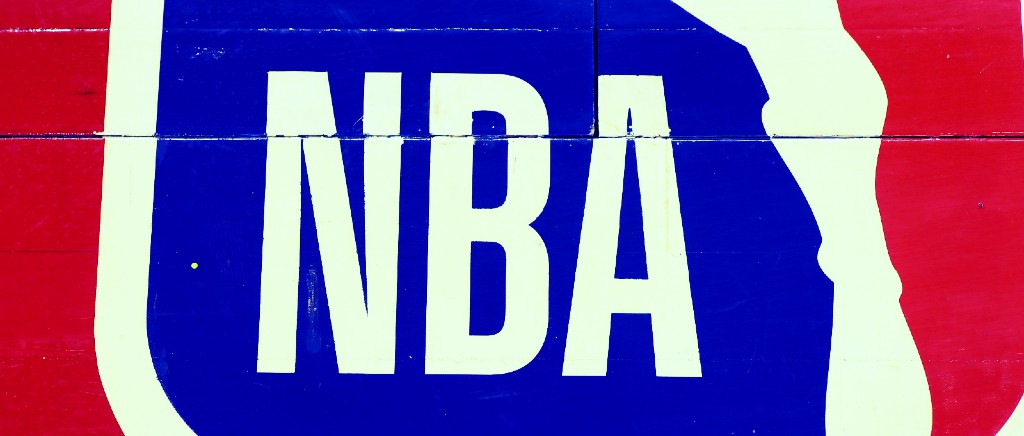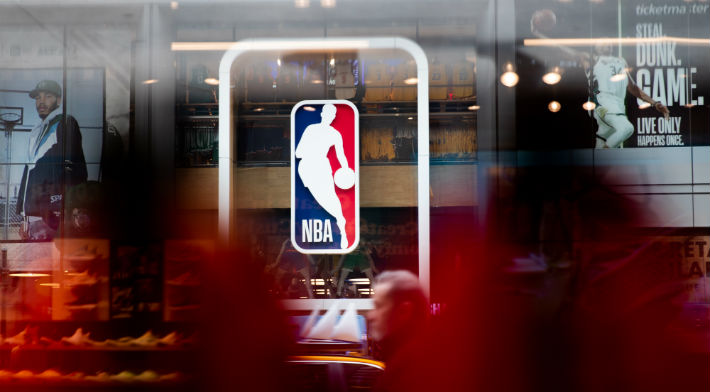
The NBA’s return from the COVID-19 pandemic appears slated to begin on July 31 in Orlando. Twenty-two teams will make the trek down to Disney — the 16 playoff squads, plus five additional teams that were on the outside looking in from the West and one, the Wizards, from the East — with eight regular season games and a play-in tournament eventually occurring for the 8-seed.
There are obvious logistical questions that come with this, like where all of these teams will be housed, how they will avoid individuals who enter Disney World’s gigantic complex in some form or fashion as it begins readmitting park-goers, and most prominently, what happens if someone contracts the virus that has killed more than 100,000 Americans? From a pure, basketball perspective, there is a gigantic ask being put on players, as there is a scenario in which a team could be asked to play a monstrous 36 games in 73 days.
This season is already one of the strangest, if not the strangest, in league history. It is fair to believe, as I do, that coming back at all is misguided, while others will argue that this season’s champion will carry an asterisk next to its name until the end of time. There’s also another question looming less large: What the hell is next season going to look like?
What we know so far is that the league plans on finishing up the 2019-20 regular season no later than Oct. 12 and, uh, that’s it. This is not meant to be a knock on the league, because so much of this is being figured out on the fly, as is oftentimes the case in rapidly-changing and unprecedented situations. Perhaps Adam Silver, the NBPA, and the Board of Governors have spent substantial amounts of time discussing how 2020-21 will play out, but given the complexity of the task at hand, it’d be hard to blame them if they put that on the back burner for the time being.
As such, we wanted to map out what things could look like in a perfect world from the day this season ends, leading into the 2020 offseason, training camp, and next year. As an added twist, this hypothetical included one stipulation: Next season must begin on Christmas Day, in large part because that is the marquee day on the league’s regular season calendar and this gives the NBA the opportunity to test out a Dec. 25 start date, a permanent alteration to the schedule that gives them the flexibility to avoid overlapping with the NFL for nearly four months. (You’re currently saying “they can start on Martin Luther King Jr. Day to further avoid this,” but don’t worry, we’ll get there!)
Let’s jump ahead to Oct. 12, 2020, where the [spins a big wheel] Memphis Grizzlies just beat the [spins another big wheel] Indiana Pacers in a seven-game Finals slugfest. In a normal offseason, things would wrap up in mid-June, followed by the NBA Draft several days later and free agency beginning about 10 days after that. This time around, with the draft lottery and combine having already occurred (something Shams Charania of The Athletic says is the plan), we can try to follow this, with the 2020 NBA Draft taking place on Oct. 16 (a Friday) and free agency beginning at 6 p.m. EST on Oct. 30, exactly two weeks later.

The next month or so is a standard offseason on a shorter timetable. Teams are afforded the chance to build via trades and free agency throughout November. At the start of December, training camp and preseason begins, with the league easing back into regular season basketball on Dec. 25, with the gigantic caveat that this would be much easier to pull off in the event a vaccine is found for COVID-19. And to be clear, that caveat applies to everything in this post.
Vaccine aside, this is going to be an awfully tricky needle for the league to thread. Some teams will have 1.5 or two months worth of an offseason depending on how far they make it in the playoffs. Others — and this is an important thing to remember in this entire conversation — will have gone nine and a half months without playing a competitive basketball game. It will be unfair, one way or another, to have an offseason that is too short for the best teams or too long for the non-Orlando ones.
The potential solution I would like to propose is stretching out the 2020-21 season as much as possible while making permanent shifts to its calendar so that we’re not rushing to stay within the nominal NBA schedule — think back to 2011-12, when the league played 66 games starting on Christmas, wrapped up the regular season by the end of April, and crowned a champion on June 21. This does not, however, mean that the league has to play a full, 82-game schedule.
Instead, we take a page out of the conversation that consumed the restart discourse this year and play a 70-game season, as to satiate regional sports networks. This would roll into June, with an All-Star Break sometime in April, and with 12 games lopped off the schedule, the league could seriously limit things like back-to-backs and make the workload easier on players. There is, of course, an issue that would need to be sorted out with regards to things like paying stadium workers and gate revenue, along with lost money from games not taking place in arenas during this postseason. Going to 70-games is a suggestion, but it’s also extremely flexible if it is determined that a full, 82-game season is best.
What this does let the NBA do, though, is own the biggest gap in the sports calendar. Football is a monolith that dominates the discourse from September until the first week in February. Currently, the NBA spends nearly four months going head-to-head with the NFL, and with how much air the NFL sucks up, I hypothesize that distancing it from that could help with those pesky television ratings. That’s especially true if the NBA comes back right around Week 16, when football is wrapping up its regular season, and gives the league the chance to iron out wrinkles during the NFL playoffs, when people have their eyes locked on football games, anyway.
But once the Super Bowl wraps up, the NBA, theoretically, is kicking into high gear come February and March. The rust is gone, the kinks are all worked out, and with its only competition being hockey and soccer, there is space for the NBA to more or less flood the airwaves. Major League Baseball, despite the best efforts of its baseball-hating owners, would begin its season in late-March or early-April, and you’d be hard-pressed to find anyone who believes the NBA would have an easier job boosting its ratings going head-to-head against the NFL than it would against MLB, MLS, and the NHL.
This would roll into the postseason, which would begin in early-June, a time in the sports calendar when there is no football — American or European (save for MLS) — baseball is doing its thing, and the NHL is finishing finding a home for the Stanley Cup. Over the next two months, a generally barren wasteland in the sports world as we wait for football season to get here, the NBA is the biggest show in sports by a mile. For the league that is so completely aware of how it is able to shape the sports discourse, one has to assume that the possibility of being able to hold its postseason largely unopposed in the world of sports from June to August would be an enticing proposition. It could even try to pack the draft and the start of free agency into the window before the NFL kicks off, should that be on the table.
Next year would present a unique hurdle in the form of the Olympics, which are expected to run from July 23 to August 8. This would be a tricky situation once every four years (or three, given the timeline of the 2020 Games) should this alteration to the schedule become permanent, and various international squads could either use European players and/or amateurs, but there is a pride that comes from donning national team gear and competing for international glory. Perhaps the league can load up on back-to-backs during the regular season and go best 3-of-5 in the first round of the playoffs to lop off a few days, or perhaps some players would just have to come to grips with the fact that a deeper postseason run could cost them the chance to go to Tokyo next summer.
All of this is quite tricky to map out. We have no idea what this season will look like when it resumes, we have no idea how the pandemic will ebb and flow in the coming months, and we have no idea what anyone’s priorities will be once conversations ramp up about the next campaign. If the NBA wants, though, the 2020-21 campaign could be the dawn of a new era, one in which the league’s calendar shifts forever.
